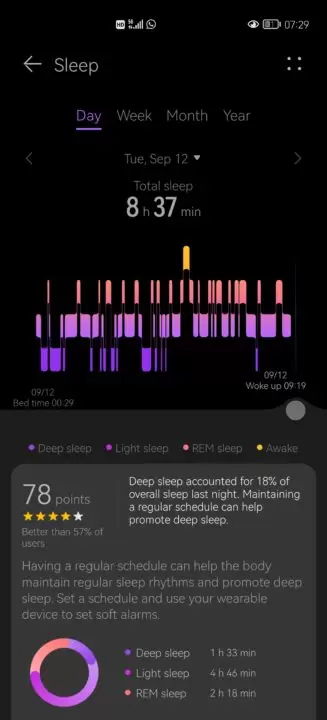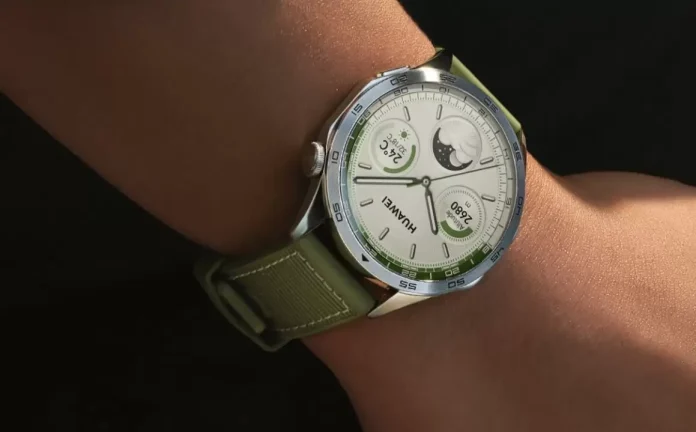The recent proliferation of sleep tracker features in smartwatches and smartbands has made monitoring sleep quality more accessible than ever. These features offer insights into sleep duration and patterns, but have you ever wondered how they actually work? How do they accurately determine when you’ve fallen asleep or are still awake?
During a visit to Huawei’s headquarters in Shenzhen, China, we had the privilege of interviewing Gong Yuansong, Vice President of Smart Wearables and Health Product Line at Huawei Consumer Business Group, where we delved into the workings of sleep trackers.
The Three-Sensor Approach
The operation of a sleep tracker hinges on three key sensors embedded in the smartwatch or smartband. The first sensor is the heart rate sensor, which identifies a slowdown in your heart rate, signaling the potential onset of sleep.
The second sensor focuses on your physical movements. By employing sensors like acceleration and a gyroscope, the device can detect subtle shifts in movement, indicating the transition into a state of sleep.
The third sensor is a skin temperature sensor. Typically, when you fall asleep, your body’s surface temperature decreases due to reduced physical activity. This temperature drop is detected by the sensor, serving as an additional indicator of sleep.
These three sets of data are amalgamated to provide a comprehensive picture of your sleep activity. Smartwatches even enable users to distinguish between light and deep sleep states.
Results and Health Guidance
The sleep monitoring results are consolidated and displayed on your smartwatch, with more detailed information accessible through a smartphone app. Integrated health apps often offer guidance, acting as a “sleeping coach” to help enhance your sleep quality. However, the advice is generally of a generic nature. For more personalized recommendations, consulting medical professionals is crucial.
Nevertheless, the sleep tracking results can serve as a valuable reference point for addressing sleep-related issues promptly. For instance, Huawei’s GT 4 smartwatch introduces a novel sleep condition detector known as “Sleep Apnea,” a potentially hazardous condition characterized by interrupted breathing during sleep. By identifying signs of Sleep Apnea, users can seek timely medical advice and intervention.
Tracking in Non-Standard Conditions

Presently, sleep trackers predominantly excel in standard sleeping conditions, like lying in bed. They often encounter challenges when monitoring sleep in non-standard environments, such as while traveling on a bus or during a flight. This difficulty arises from factors that can disrupt sensor accuracy, especially motion sensors, which struggle to discern sleep patterns amid a moving environment.
Remarkably, Huawei is actively enhancing its sleep tracker feature to function effectively even in non-standard scenarios. Collaborating with aerospace companies, Huawei is researching ways to ensure the sleep tracker functions reliably when users are asleep on a plane.
In essence, Huawei’s commitment to advancing health tracking features underscores its dedication to enriching users’ daily lives with innovative technology.

